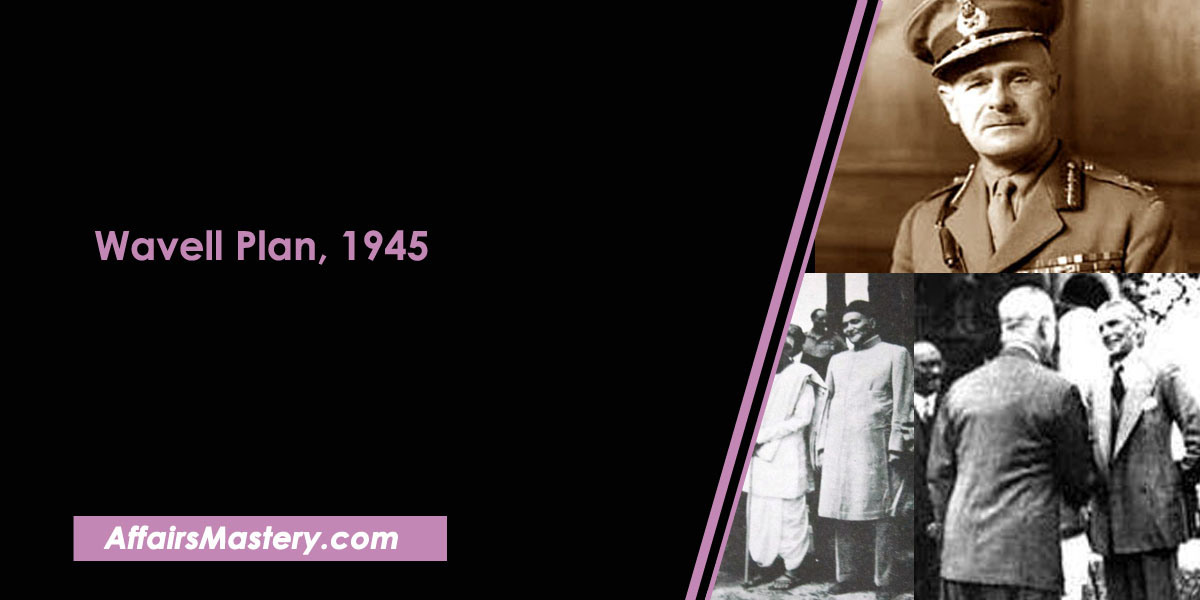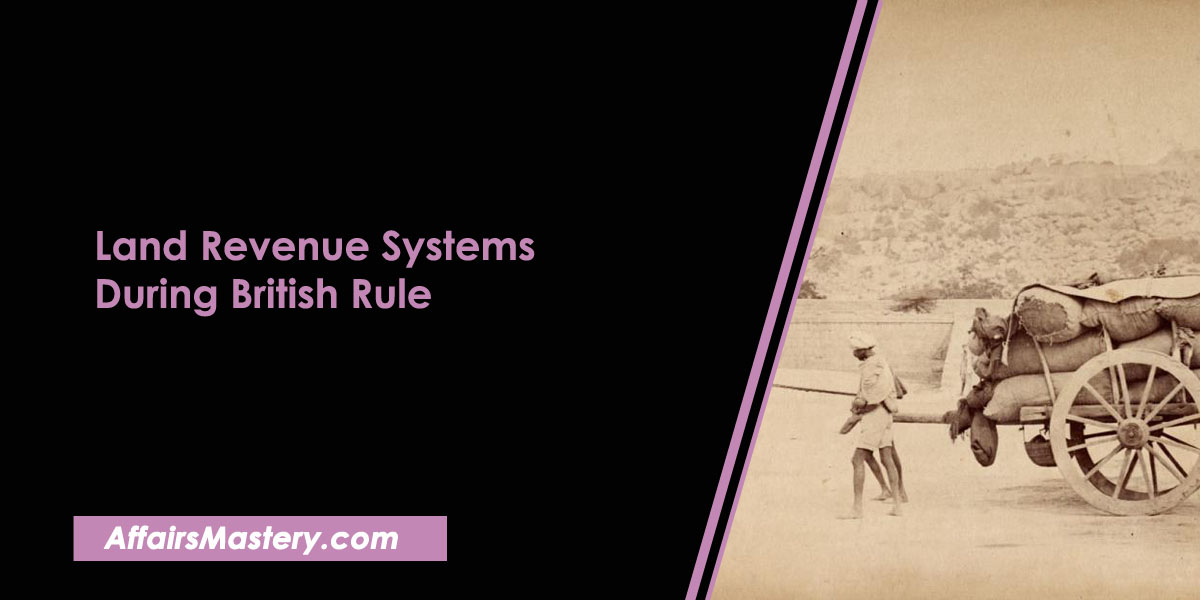Wavell Plan, 1945 – About, Main Points (Important Short Notes)
Wavell Plan, 1945. The Wavell Plan was first introduced in 1945 at the Shimla Conference as a way to decide on self-government for India, providing individual representations based on communal bars. Important Short note for various exams.
From the perspective of an examination like Civil services, State exams, SSC, Banking, Railways and any other One Day exam, all the necessary facts and information are listed below.
About
- The Wavell Plan, also known as the Wavell-Donovan Plan, was a proposal developed during World War II to address the political and constitutional future of India.
- It was named after the British General Sir Archibald Wavell, who served as the Viceroy of India during a critical period in the war, and William Donovan, an American diplomat who played a key role in its formulation.
- The plan was formulated in 1945 in-order to solve the issue of separate state(demanded by Muslim League) which was acceptable to both the Congress and the Muslim League.
Main points of the plan
- The Executive Council of Viceroy would have all Indian members except the Viceroy himself and the Commander-in-Chief.
- Both Caste Hindus and Muslims should have equal representation
- The Viceroy/Governor-General had the power to veto any decision made by ministers, but only on their advice.
- The foreign affairs portfolio would be transferred from the Governor-General to an Indian member. Defense would be handled by a British general until the full transfer of power was made.
- The restructured Council was to function as an interim government within the framework of the 1935 Act.
Response to the plan
- The plan met with failure because neither the Congress nor the League was prepared to deviate from the stand taken by them.
- The leaders of the Depressed Classes were adamant in their demand for separate electoral representation, believing that it would give them a better chance to be represented fairly.
If you find our content helpful and interesting, please consider joining us on Telegram @affairsmastery_official to show your support. We would really appreciate it!
Related articles
- Important Battles in Indian History
- Important treaties in Indian history
- List of Foreign Travellers who came to India
- List of Governor General of India and Viceroy of India
- Robert Clive – Important Short Notes for Exams
- Warren Hastings – Important Short Notes for Exams
- Lord William Bentinck – Important Short Notes for Exams
- Lord Canning – Important Short Notes for Exams
- Lord Mountbatten – Important Short Notes for Exams
- C. Rajagopalachari – Important Short Notes for Exams
- Lord Wavell – Important Short Notes for Exams
- Lord Linlithgow – Important Short Notes for Exams
- Lord Willingdon – Important Short Notes for Exams
- Non Cooperation Movement (1919-1922)
- Important Personalities related to Social Movements of India
- List of Important Personalities of Indian Freedom Struggle
- List of Important Books on Revolt of 1857 and their Author
- Important Leaders of 1857 Revolt and their places
- Constituent Assembly of India and its Composition: Important Short Notes
- Important Tribal Movements in India
- Direct Action Day 1946: Important Short Notes for Exams
- Interim Government of India, 1946 and its members
- Important Socio Religious Reform Movements in India – Short Notes
- Khilafat Movement (1919-1924) – Important Short Notes for exams
- Lucknow Pact, 1916 – About, Features, Outcome (Important Short Notes)
- C R Formula or Rajaji Formula, 1944 – About, Main Points (Important Short Notes)









